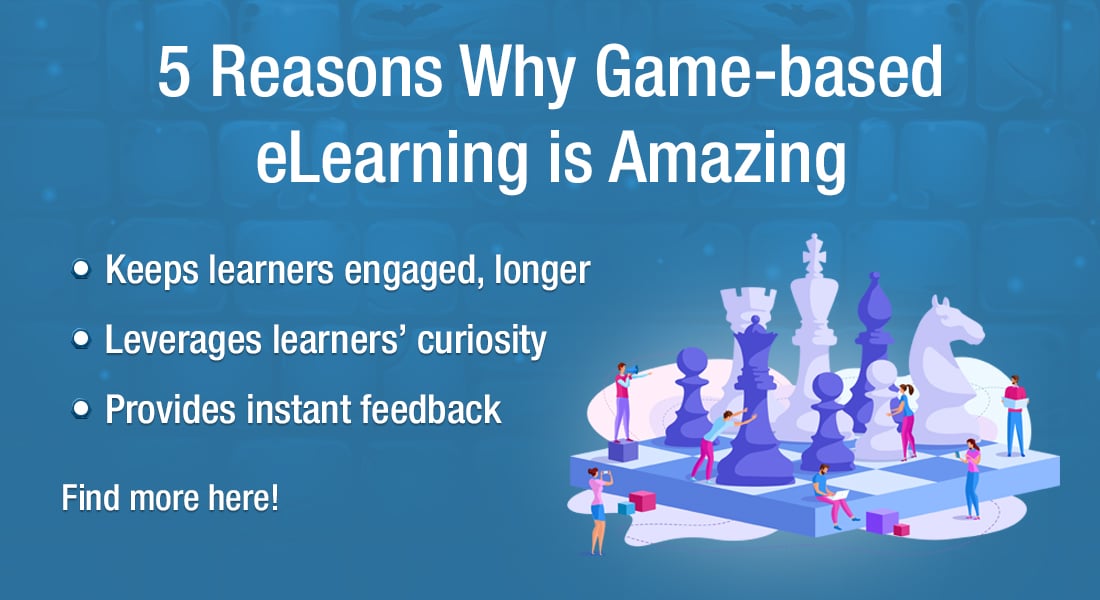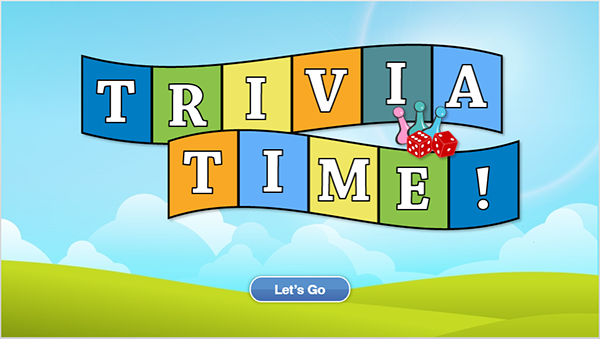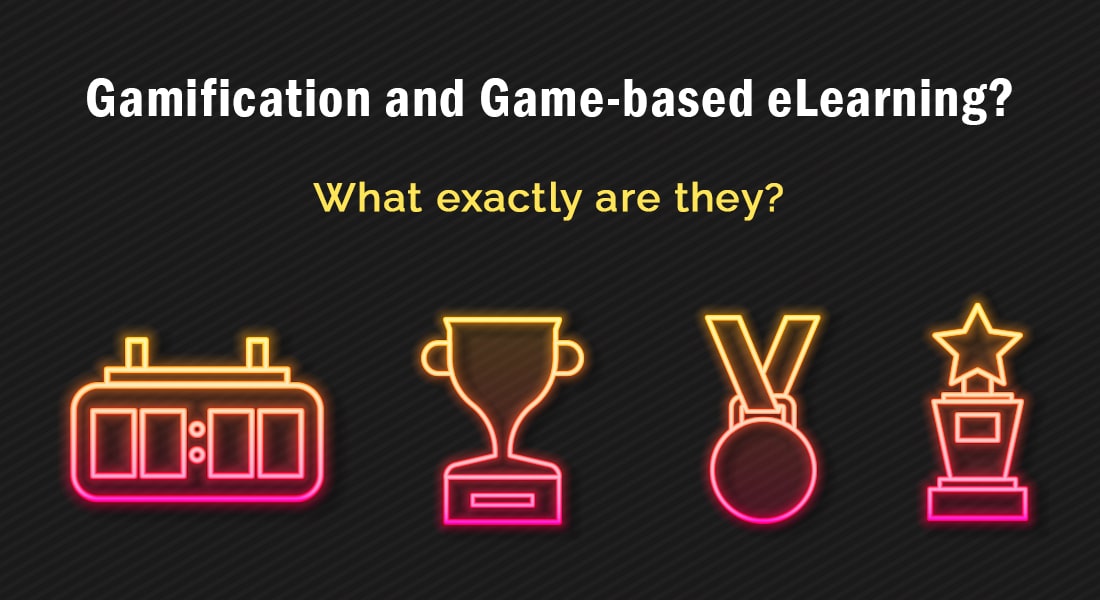Game-based eLearning: Can it be a Game-Changer in Online Training?

Who doesn’t like playing games? Game-based eLearning, or using games as a means of delivering employee training has become a very popular option today. This is especially increasing due to the influx of the millennials and GenZ in the workforce. Game-based eLearning is an instructional design strategy where an entire course is designed as a game. Sounds exciting, doesn’t it?
Give your Online Training a Makeover with Game-based eLearning
- Keep learners engaged, longer
- Make learners more time conscious
- Provide feedback easily
- Leverage learners’ curiosity
- Reward learners for their efforts
- Track learner progress consistently
Furthermore, in the last few years, game-based eLearning in corporate training has shown an incredible high annual growth rate of 47.5%, clearly pointing to the rapidly increasing usage of game-based eLearning in employee training across the globe.
Explore the new-age Effectus LMS which can support game-based eLearning and much more!
Let us now take a look at why you should use game-based eLearning for workplace training.
Game-based eLearning for Engaging and Effective Online Training
1. To Keep Learners Engaged,Longer
Learner engagement is an important factor when it comes to online training. While a lot of effort is focused on designing engaging eLearning courses for modern learners, too many slide-based, lengthy eLearning courses can lead to disengagement and lack of attention.
Moreover, new-age learners are often seen to be afflicted with such short attention spans; hence it becomes vital for training modules to keep learners engaged throughout. And the best way to do that is by making your courses game-based. Game-based eLearning courses have the potential to keep learners engaged for much longer as they bring an element of fun to the otherwise serious learning sessions. It is because unlike a typical eLearning course, in game-based learning learners feel like they are unraveling a mystery while learning. As the narrative of the game progresses, learning points are revealed one by one like the missions in a video game. Similarly, as learners finish a learning point, another learning point is revealed like clearing a level or milestone in a game.
Game-based eLearning also engages learners by bringing a competitive spirit to the learning process, motivating online learners to push themselves to outperform others or even themselves.
2. To Make Learners More Time Conscious
Have you ever experienced that adrenaline rush when you are racing against time to finish a task? That is a very commonly used strategy in game-based learning to get learners to finish tasks efficiently and as soon as possible. Game-based learning can help employees become more conscious of the time they take to complete each task or module.
For example, in the case of accidents or hazards, a report has to be filled immediately in the system. Game-based learning helps make learners conscious of these requirements and get equipped to handle them by stimulating the same conditions and timelines in the course.
3. To Provide Feedback to Employees Easily
Providing feedback is one the most challenging activities in an eLearning course. The feedback in eLearning must be given in such a way that it is timely and diagnostic, to contribute to learners’ continuous improvement through the course. Game-based learning makes this process very simple.
In game-based learning, the feedback may be provided after every learning point, when the learner finishes a task or a question. If the learner is successful, the feedback can be congratulatory and highlight important points to remember. If not, the feedback can provide solutions or suggest replaying certain sections of the game to improve.
More importantly, feedback can be more intuitive – on successful completion of a unit or answering one question correctly, unlock a new level, an extra life, a more challenging question, or branch out to a fresh storyline based on the selected responses.

Explore sample here.
4. To Leverage Learners’ Curiosity
According to a study on mobile games, one of the key elements that drive a player to finish a game is the ‘curiosity’ factor, closely followed by the ‘challenge’ factor. This aspect can be used to great advantage by game-based learning.
- Games with multiple levels and goals trigger curiosity in learners on what lies ahead, keeping them glued to their training courses. Consider a game-based eLearning course where subsequent levels are hidden from the learner. Only by solving a task or answering a question can the learner unlock the next level, which motivates the learner to complete the task.
- You can get learners to solve a puzzle or a mystery which intrigues them. Consider for instance a game-based eLearning course with a detective theme. The learner, driven by curiosity to solve the mystery, would be more focused and motivated in completing the course – identifying hazards or solving customer issues.
5. To Reward Learners for their Efforts
The opportunity to play games is a reward in itself to many, but game-based learning can also bring many more rewards. Rewarding the efforts of the learners in the form of points, badges, trophies, and even virtual victory celebrations, can have a positive effect on their motivation levels.
Psychological studies by B.F.Skinner on operant conditioning have proved that rewards can positively reinforce learning in the human mind. By providing rewards for favorable behavior such as the achievement of a high score, learners’ minds are conditioned to keep performing well.
Unlike traditional or in-person instructor-led training (ILT) sessions, the wait time to be rewarded is very less in game-based learning. As soon as a module is completed or a milestone crossed, instant gratification is provided in the form of stars, gold coins, or EXP points.
6. To Track Learner Progress Consistently
Learner progress and performance in courses are generally tracked by course completion and performance in the end-of-module-quiz or test. In game-based learning, learner progress can be measured much more consistently.
- Progress bars, quest maps, and task checklists in game-based learning provide a simple measurement of learning progress, at almost every instant of time.
- Progress in an eLearning game is measured consistently based on performance and can be seen both by the learner and the administrator of the learning management system (LMS).
- Learners evaluate their own progress at every step to progress to the next, becoming active participants in the learning process, instead of passive receivers.
- Progress in a game-based training program can also be provided in the form of leader boards or ranking systems, which inculcate healthy competition among peers.
So What are you Waiting for?
Given the choice between playing a cool game or taking conventional training sessions, which one would you choose? That is the question I’ve tried to answer in this blog. Using the varied features of game-based learning can make your courses fun and effective at the same time. Online learning with its large selection of new and exciting features is already revolutionizing the training and development initiatives of organizations all over the world. Game-based learning will no doubt be a game changer for your employee training needs as well.
Game-based learning is one among the many eLearning trends that you can use for your organization’s training needs. If you’d like to know 21 of the coolest ideas to try in your eLearning courses, download our free eBook right away!





